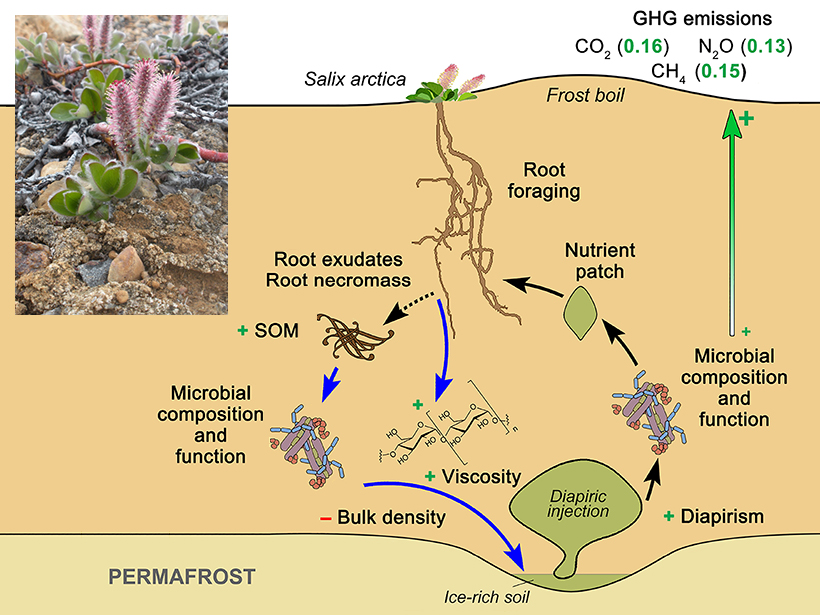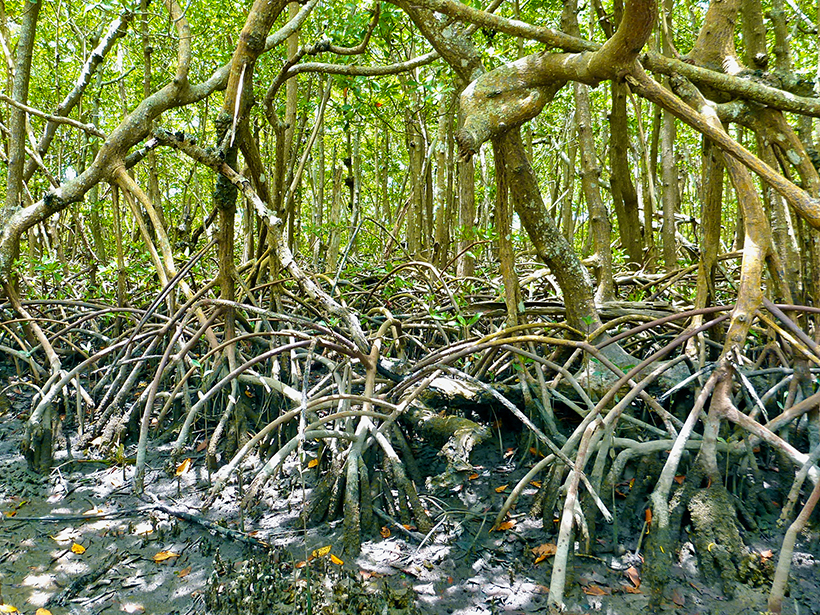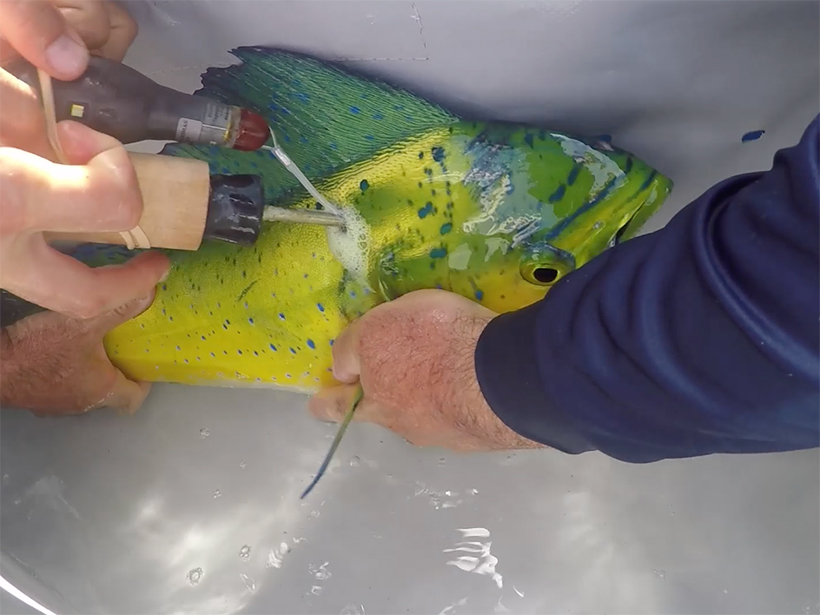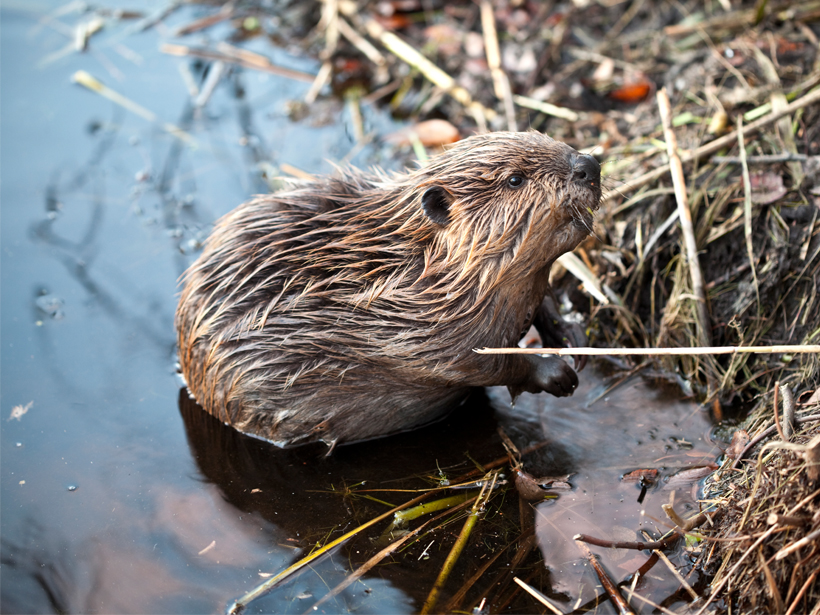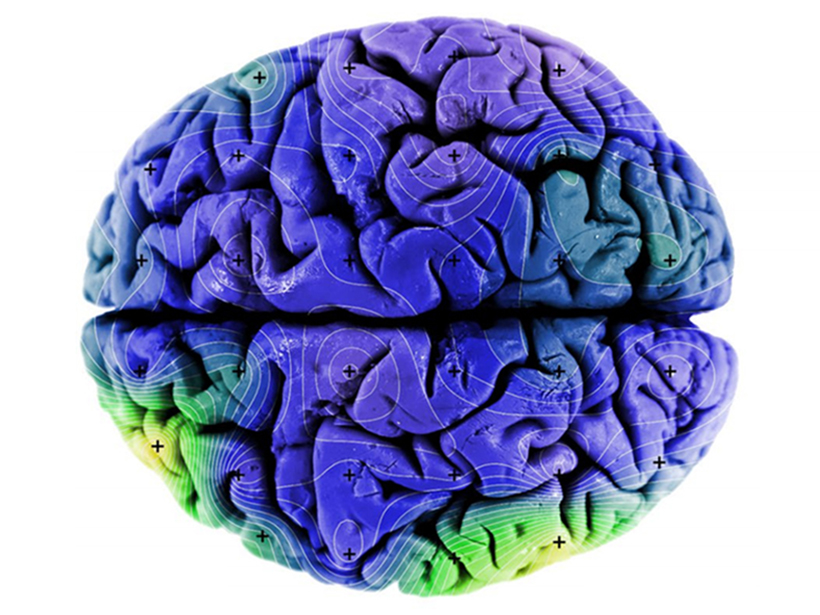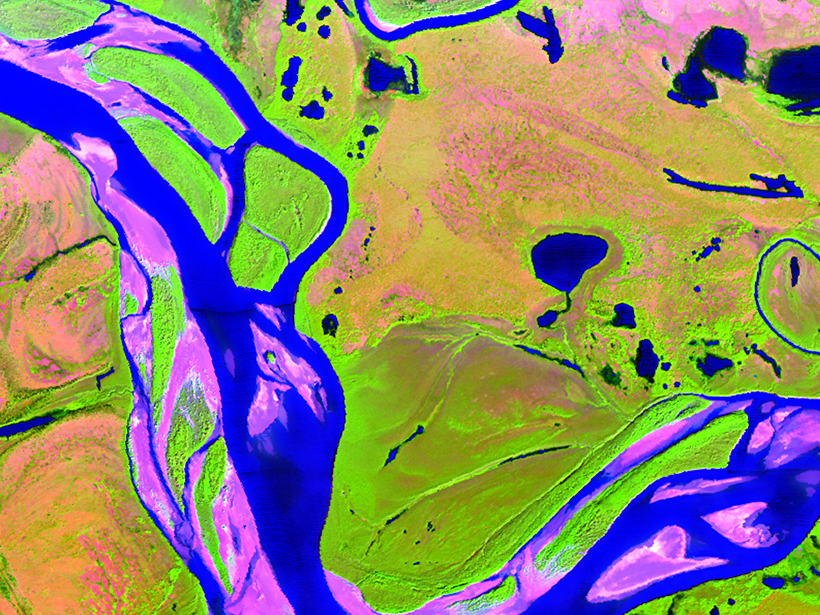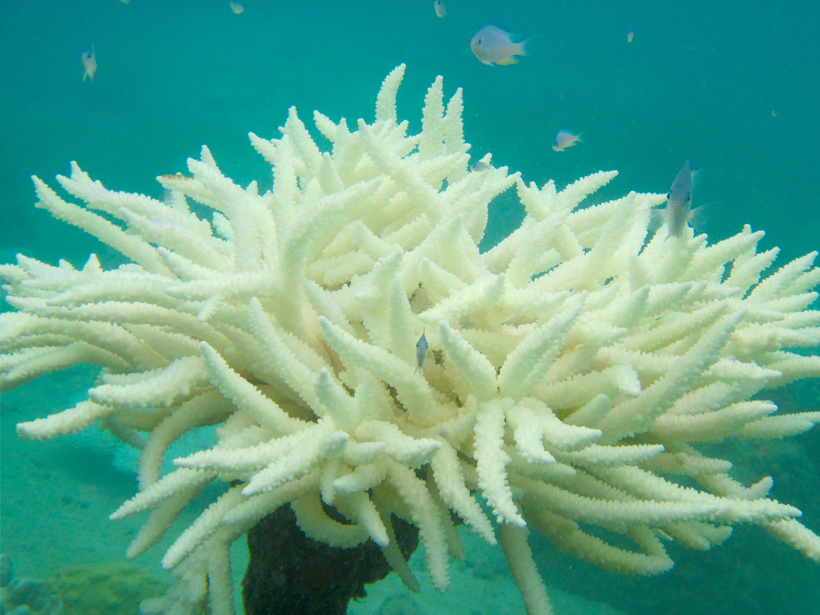Researchers used data from a pan-Arctic survey of carbon and trace elements to better understand how climate change will affect primary production in one of the fastest warming regions of the world.
biogeosciences
Finding Natural Solutions to Man-Made Problems in River Deltas
Decades of research on river deltas identify gaps in our knowledge of delta behavior and the tools required to fill them in.
Floating Patches of Soil Nutrients in Soil Help Explain Arctic Thawing
Nutrient-rich diapirs have a complex relationship with soil microbes and play an important role in carbon and nitrogen nutrient cycling, making them crucial for understanding feedbacks in the Arctic.
Florida Coastlines Respond to Sea Level Rise
For more than a century, carbon burial rates have been increasing on some southern Florida coasts. Scientists now verify this trend and propose an explanation.
Oil-Exposed Mahi-Mahi More Likely to Lose Oil-Avoidance Behavior
Contact with oil may make it harder for the fish to avoid additional exposure, creating a vicious cycle following offshore oil spills.
Dead Reefs Keep Calcifying but Only by Day
A new measurement technique has revealed that turf algae communities colonizing dead reefs have a dual role, adding new mineral material to the reefs during the day and taking it away at night.
Are Beavers Nature’s “Little Firefighters”?
It’s about dam time: Beavers are acknowledged for their firefighting skills in five recent blazes.
Human Brains Have Tiny Bits of Magnetic Material
Here’s the first map of the magnetic mineral magnetite in the human brain. Turns out that our brain stem may be full of it.
Watching Earth’s Interconnected Systems at Work
Surface Biology and Geology, a new NASA Earth observation effort, is developing a path forward for monitoring the Earth system from space.
A Key to Coral Bleaching Events? Location, Location, Location
New research indicates that longitude, as well as warming waters, may be a key predictor of coral bleaching events.



